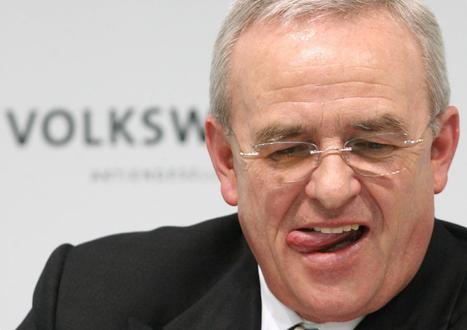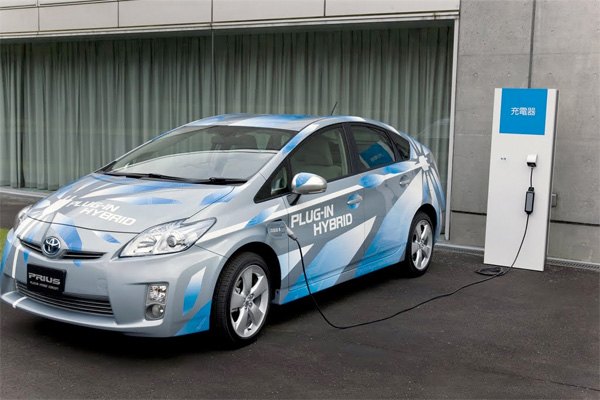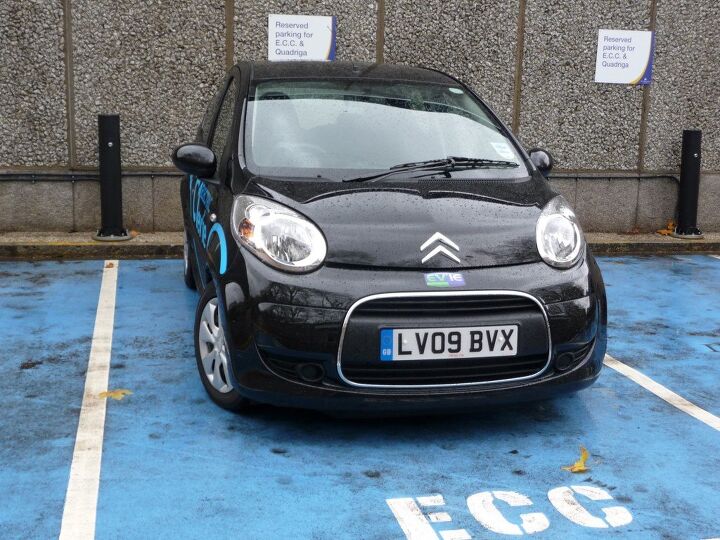#electrification
What's Wrong With Tesla? How Much Time Do You Have?
I’ve been warned before by the B&B not to read too much into the forward-looking statements in SEC filings, especially the ones where companies ruminate over all the things that could still go wrong with their struggling firms. These legal disclosures of worst-case-scenarios often reflect unlikely scenarios and can be downright misleading, so we held off from diving too deep into Tesla’s IPO S-1 filing [complete document here]. Others around the web have jumped in without compunction, and this week has yielded a steady drip of troubling revelations. It’s a wild and woolly collection of issues, but given that people are going to be asked to invest in this nightmare of a company, it’s only fair that we give the grievances an airing.
Better Place Birthwatch: New $350m Investment Brings Deeper Pockets, But Not Broader Appeal
It goes without saying that it’s always good news for a business to be able to raise hundreds of millions of dollars on the financial markets. Just as important as the financial boost, such capital-raising also raises the profile of the company, presenting it as a viable investment and implicitly endorsing its underlying business plan. In the case of Project Better Place’s recent $350m funding boost however, the benefits might be largely limited to the firm’s balance book. Heavy participation by HSBC, Lazard and Morgan Stanley do help raise Better Place’s profile, but HSBC and Lazard are the only new investors in this most recent round of financing: Morgan Stanley, IsraelCorp, VantagePoint and other previous investors make up the rest of the round. This speaks to a fundamental challenge underlining Project Better Place: broadening, rather than deepening its appeal and support.
Ask The Best And Brightest: Questions For Project Better Place?
Project Better Place Birthwatch: An Introduction To Project Better Place
How do you make the world a Better Place? If you ask Shai Agassi, president and founder of the eponymous American-Israeli Company, the answer lies in the development of an infrastructure that makes charging an electric car as simple as pulling over in a gas station. This deceptively simple idea has spawned an international project, which brings together automakers, governments, activists and scientists in a hugely ambitious attempt at creating the first localized electric vehicle charging infrastructures. With brand new technology, millions of tax dollars and the fate of at least one global automaker hanging in the balance, the evolution of Better Place is a crucial story in the rise of electric vehicles. But before we begin chronicling the build-up to this ambitious plan, we have to get back to the basics of EVs and their fundamental shortcomings.
Winterkorn: No 13th Brand For VW
VW CEO Martin Winterkorn is a superstitious man. He doesn’t want to add a 13th brand to his (or rather Piech’s) large collection. (Coincidentally, 12 is the number of Piech’s children. More or less. Nobody is quite sure,) “There are some who knock on our door. Some really want to come under our roof as they see we’re on a good path strategically. But we are satisfied with the current line-up,” Winterkorn said to Wirtschaftswoche. Specifically questioned about Volvo or (gasp) Daimler, Winterkorn answered: „There are many who would like to snuggle in VW’s cozy bed. Thank you, not interested.” Instead, he’s re-thinking the line-up of his new acquisitions: “I could imagine a smaller Cayenne derivative. Or a Porsche below the Boxster. This is under discussion.”
Toyota Stays Firm On Conservative Plug-In Plans
Now that Nissan have their Leaf EV in the works, Mitsubishi have the iMiEV in development and GM are rushing out the Chevrolet Volt, Toyota seem to be feeling a little unarmed in the next stage of green motoring. The NY Times updates us on Toyota’s plans to sell plug in hybrids in about 2 years quoting Takeshi Uchiyamada, Toyota Executive Vice President, as saying “Toyota believes that plug-in hybrids are a realistic solution among vehicles using electricity.” Funny, because not long ago Toyota had a different stance on electrification. In any case, Toyota remains highly conservative in its approach to electric vehicles. In preparation for a mass market launch, Toyota are leasing and renting 600 plug-in hybrids: 230 for Japan, 200 for Europe, 20 for other countries and 150 for the United States. This will provide Toyota with much needed feedback on how to improve the vehicles, a process GM plans on doing with its Volt contemporaneously with its California consumer rollout.
Review: Citroen C1 ev'ie
The Toyota Aygo, which is the (in-all-but-styling) identical twin of the Citroen C1, is a fine little car, and when I tested it in 2007, I found most everything about it likeable. Packaging, finish, styling, handling, pleasure of driving: the Aygo/C1 turned out to be a thoroughly modern and enjoyable car for a bare-bones price. Only the ride struck me as a bit harsh. I certainly didn’t complain about the revvy, pleasant-sounding and parsimonious engine either, so you might be surprised to hear that I like the electrified version of the C1 just as well. Or, with qualifications, even more. What the heck do I mean? Please bear with me, and I’ll tell you.
London Olympic Committee: EVs Are Gimmicks
We didn’t want a big fleet of electric vehicles. We’re only just over two years or so away from the games and time is running out to create a viable network. Many of the vehicles will be used for around 18 hours a day. It’s hard graft, and we knew BMW could supply the vehicles to meet these demands.”
Paul Deighton, CEO of the London Organizing Committee for the Olympic Games (LOCOG) explains to Autocar why the games won’t be relying on electric vehicles in 2012. Nissan had presented a bid to be the games’ official vehicle supplier which proposed using Leaf EVs for over half the planned fleet. A “small proportion” of BMW’s winning fleet proposal will be electric MINI Es, and all proposals were required to achieve a fleet average of 120g/km of CO2. But that hasn’t stopped Nissan from getting petulant.
Roadmap To Electrification: Please Have Toll Ready
Battery electric vehicles are widely seen as the most promising long-term automotive greentech, but they’re also hardly poised to take over the industry. A host of issues are keeping EVs out of mainstream acceptance, ranging from battery capacity issues to the lack of a charging infrastructure. For a group of electric transportation-sector businesses though (including Nissan, which is heavily hyping its Leaf EV), it’s nothing $124b in government support won’t fix. A press release on the Electrification Coalition’s “Roadmap” explains:
The Electrification Roadmap presents a bold and specific vision: By 2040, 75 percent of light-duty vehicle miles traveled in the United States should be electric miles. As a result, oil consumption in the light-duty fleet would be reduced by more than 75 percent, and U.S. crude oil imports could effectively be reduced to zero… “It is absolutely crucial that all of the key elements of an electrified transportation system are introduced in a highly coordinated fashion and in a way that is effective, affordable, and appealing to actual American consumers,” [David Crane, President of NRG Energy] said. “Introducing all of the separate elements, from cars to infrastructure, simultaneously in select communities across the country will move electrification beyond the early adopters; policymakers will witness the national benefit derived from a new kind of transportation system while consumers will benefit firsthand from a new kind of driving experience.”
























Recent Comments